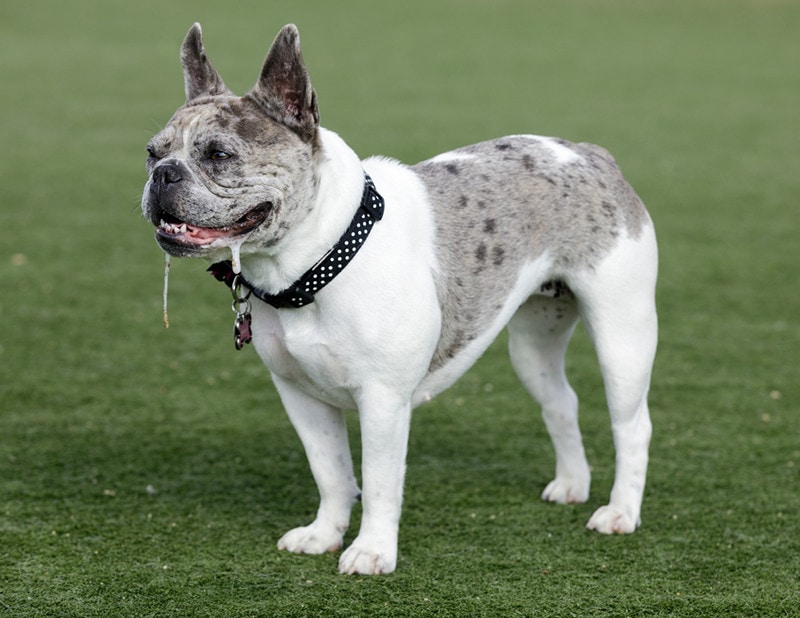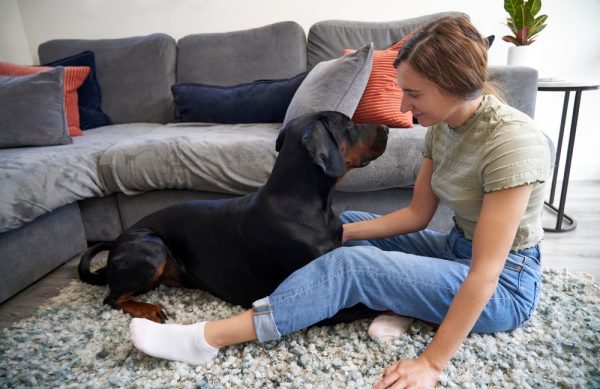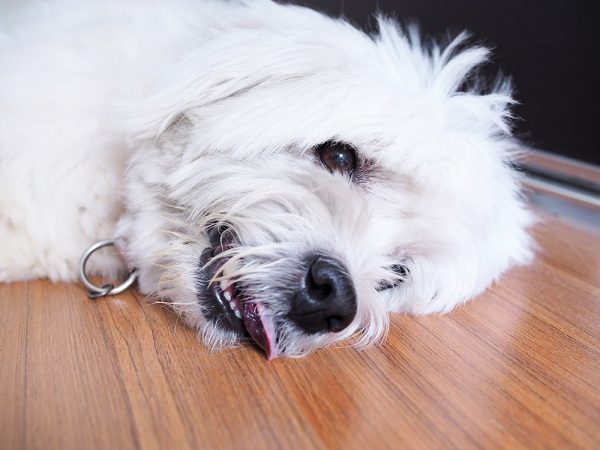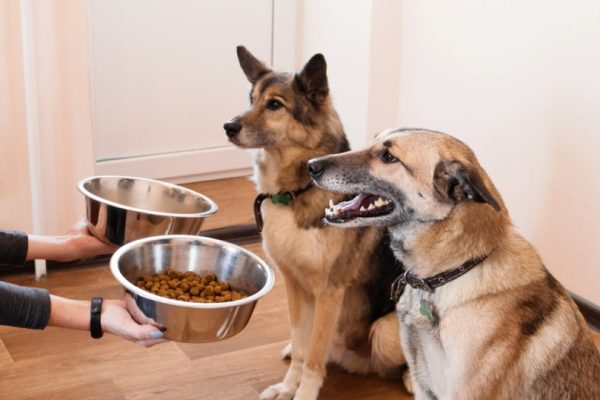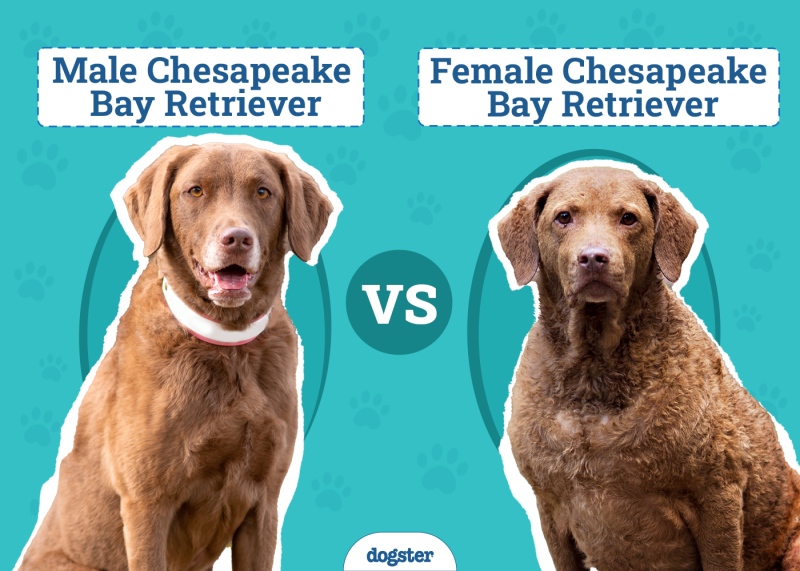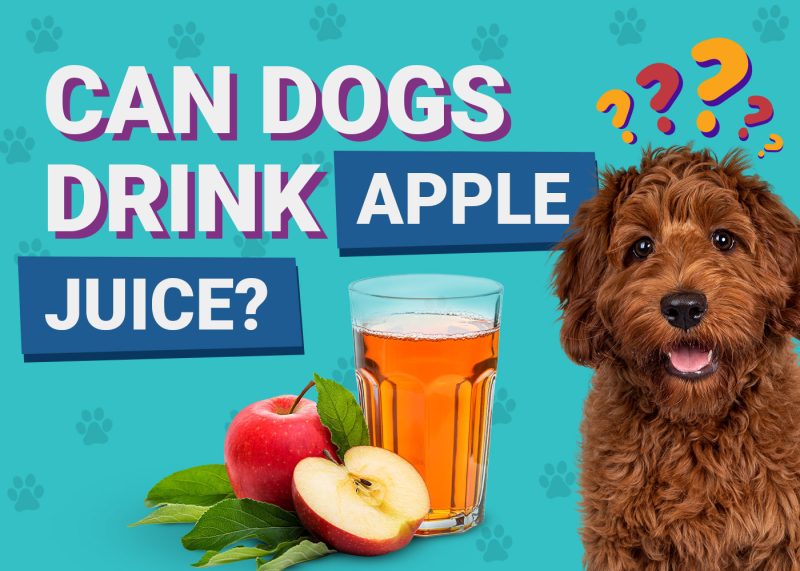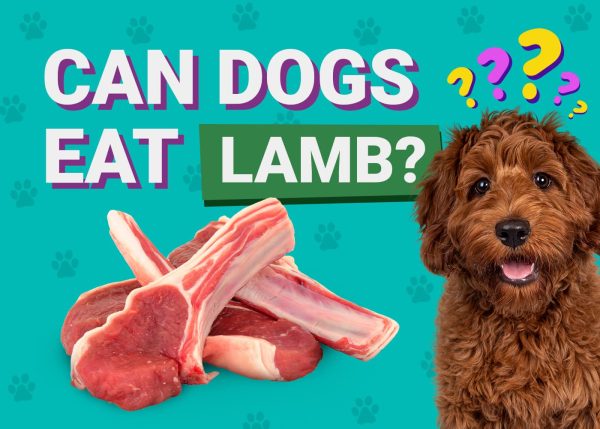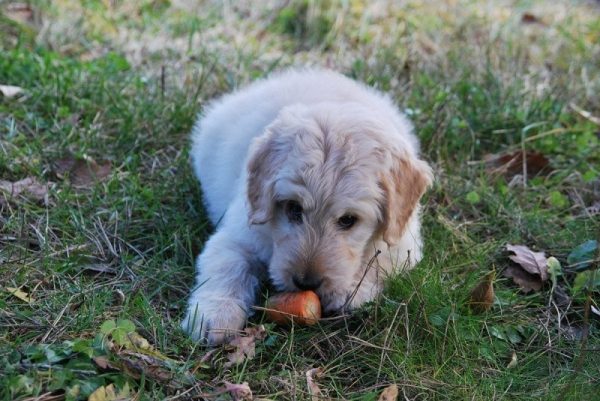Drooling can be normal for certain dogs, but sudden changes in our dog’s behavior can be very alarming. If you have noticed an increase in your dog’s drooling, it can be indicative of a problem, especially if it’s accompanied by any other unusual signs or behaviors.
If you are worried about your dog, you should immediately consult with a veterinarian for guidance. While this article can prove useful to uncover potential causes, nothing compares to professional medical advice. Here are 12 of the primary reasons your dog might be drooling more than usual.

The 12 Reasons Your Dog is Drooling So Much
1. Breed Trait
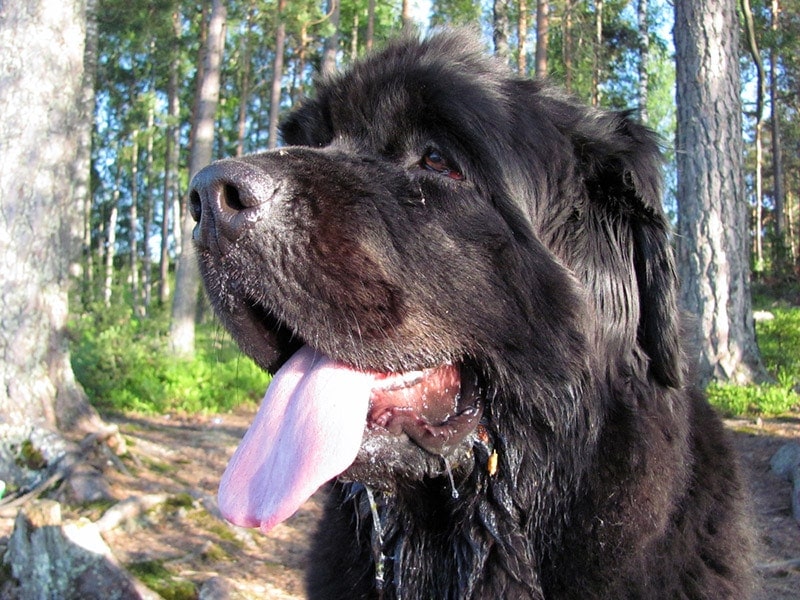
One primary reason your dog might be drooling more than you remember is due to their breed. If you have had your dog from puppyhood, they might not have slobbered quite as much throughout the younger months. However, as they begin navigating through adulthood, the saliva will inevitably start to increase in certain breeds.
Usually, dogs with drooping jowls and shorter muzzles drool more. So, if you have a breed or combination of any of those listed below, and they are not showing any other concerning signs, it’s likely to be normal for them.
- Mastiffs
- Newfoundlands
- Bloodhounds
- Boxers
- Great Danes
- Saint Bernards
- Shar Peis
- Bulldogs Dogue de Bordeaux
- Cane Corsos
2. Motion Sickness/Nausea
Two of the most common causes of nausea in dogs that aren’t serious include motion sickness and hunger. Nausea can of course happen for lots of other reasons apart from these issues.
Car Rides
Motion sickness is a very common cause of nausea for dogs .The movement affects their balance center and this can be combined with anxiety and stress when traveling which makes it worse.
If your dog is in the car and feeling the effects of nausea, they will likely act restless and pant, whine, or vocalize. Drooling in the car can be a direct sign that your dog is feeling internally upset and vomiting might soon follow.
If your dog has motion sickness in the car, contact a vet for advice as it can get worse over time so it is best to take action as soon as possible. They can benefit from a secure crate where vision is obstructed, in the short term a vet may prescribe anti sickness medication for travel and training can help reduce anxiety and keep them calmer.
Hunger
If your dog goes too long in between meals, it can cause hunger pangs that cause increased saliva. The dog could possibly vomit up stomach bile, as it causes acid to build up and irritate the stomach lining. Similarly, smelling cooking food can also trigger drooling in dogs.
3. Gastrointestinal Disorders
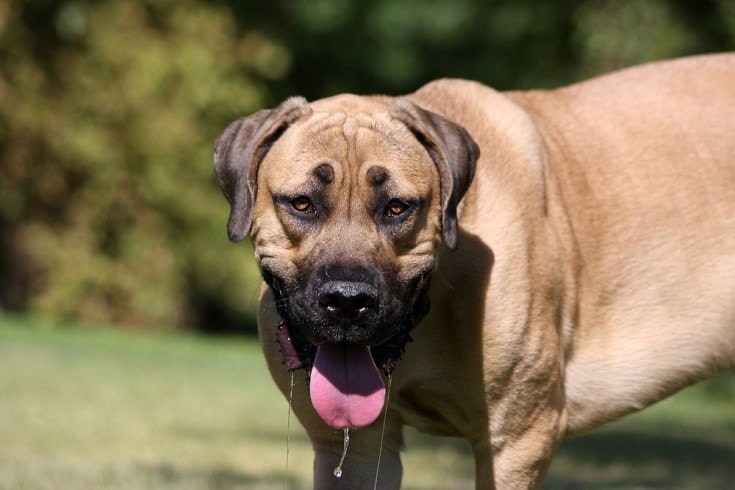
Some gastrointestinal issues can cause your dog to drool more than normal.
Esophagitis
Esophagitis is an inflammation of the esophagus that makes it difficult to swallow when eating or drinking. Some other signs include regurgitation and lip-smacking.
Gastritis
Gastritis is an inflammation of the stomach. It can be both acute and chronic, causing excess saliva often combined with vomiting.
Pancreatitis
Pancreatitis is a veterinary emergency that requires immediate treatment. The pancreas becomes inflamed, requiring intervention ranging from pain killers and anti sickness medication to hospital stays and intravenous fluid therapy.
Foreign Body Obstruction
Your dog may have eaten an object that got lodged along the gastrointestinal tract. If so, your dog might feel an increased need to vomit or eliminate with little success and excessively drool as a consequence.
4. Anxiety
Anxiety can cause some significant changes in your dog’s overall behavior. It can be related to these contributing factors. Excessive drooling can be among the signs along with other noticeable changes like restlessness, panting, destructive tendencies, vomiting, or diarrhea.
Certain triggers for anxiety involve environmental changes, the presence of unknown people or pets, loud noises, and separation anxiety. If your dog is drooling due to anxiety, the issue should resolve after they calm down from the stimuli.
If your dog suffers from chronic anxiety in certain unavoidable situations, speak to a vet for advice and support and sometimes a referral to a canine behaviorist. Supplements as well as prescription medications are available but they need to be used alongside a behavioral modification program to help your pup.
If you need to speak with a vet but can't get to one, head over to PangoVet. It's an online service where you can talk to a vet online and get the personalized advice you need for your pet — all at an affordable price!

5. Neurological Issues
Rarely, your dog drooling might relate to a neurological condition. Problems with the neurological system can affect many parts of the body, depending on what areas are affected. For example dogs with facial nerve paralysis can drool more from one side and some neurological conditions might make it hard for a dog to swallow its saliva properly.

6. Dental and Oral Disease
Dental and oral disease can affect your dog in various ways. One of these problems it can cause is drooling due to it directly affecting the mouth.
Periodontal Disease
Periodontal disease (often referred to as gum disease), is a common condition for our canine companions. Inflammation of the gums can lead to excess drooling.
Cancer
If your dog has cancer in the mouth, it can lead to tooth loss, lumps and masses, facial swelling, appetite loss, and excessive drooling.
Salivary mucocele
A salivary mucocele is the most common salivary gland disorder in dogs and is an accumulation of saliva that has leaked from a damaged salivary gland which leads to excess drooling. The underlying cause is often unknown.
7. Mouth Injury
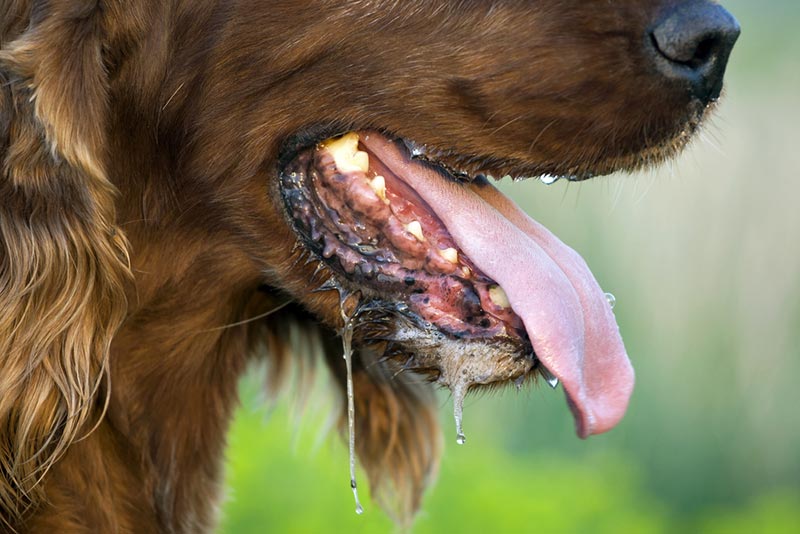
If your dog has hurt the inside of their mouth, it can cause irritation that leads to drooling.
Blunt Force Trauma
Blunt trauma involves any sudden blow to the mouth, resulting in injury. These injuries can lead to increased drooling due to pain.
Foreign Object
Dogs are notorious for tearing apart or chewing on objects they shouldn’t. If they chewed on the wrong thing, it could cause punctures, scrapes, wounds, or even shards of matter getting stuck in the gums or soft tissues of the mouth.
8. Chemical/Electrical Burns
If your dog gets into a chemical or chews on an electrically charged wire, it can cause shocks and burns. These wounds can directly impact the mouth, causing substantial pain and excessive drooling. These types of injuries require immediate veterinary attention.
Battery Acid
Battery acid can cause intense burns inside the mouth. Even more problematic, if dogs ingest a battery, it can be deadly. Along with increased drooling, you might notice unusual bad breath, burns inside of the mouth, and refusal to eat.
Electric Shock
If your dog chews on a plugged-in cord, it can easily electrocute them. Apart from immediate vocalization, you could notice an increase in drooling and very erratic behavior after a shock. Severe shocks can result in seizures, unconsciousness, and involuntary muscle spasms.
Household Cleaners
Licking or ingesting any household cleaner can make your dog extremely sick. Depending on the chemicals it contains, it might cause excessive drooling, vomiting or more severe signs such as trouble breathing, shock, seizures, or tissue damage.
9. Toxin Exposure
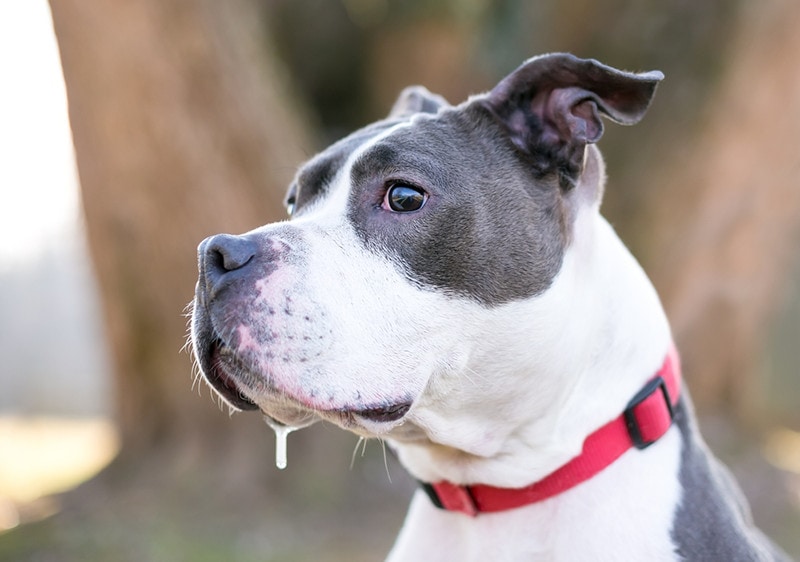
If your dog accesses certain substances, it can cause exposure to toxins in the home that might otherwise seem harmless. One of the many signs of toxin exposure relates to drooling.
Poisonous Houseplants
Many houseplants that you have could be toxic to your dog without you realizing it. Thankfully, ingesting these plants usually causes minor mouth or stomach irritation, but some can be very dangerous. Here is a list of poisonous plants according to the ASPCA.
Essential Oils
Essential oils are widely available in many homes for aromatherapy and medicinal use. However, these oils are highly concentrated and can impact your dog negatively if they get on the skin or in the mouth. Here is a list of toxic essential oils from Michelson Found Animals.
10. Venomous Bites
If your dog recently started drooling after being outside, they might have encountered potentially dangerous creatures. Depending on where you live, certain snakes, toads, spiders, and insects can sting, bite, or secrete toxic substances through their skin.
If you believe your pet was bitten or stung and is showing concerning signs, get them to a vet immediately for proper diagnosis and treatment.
11. Congenital Abnormalities
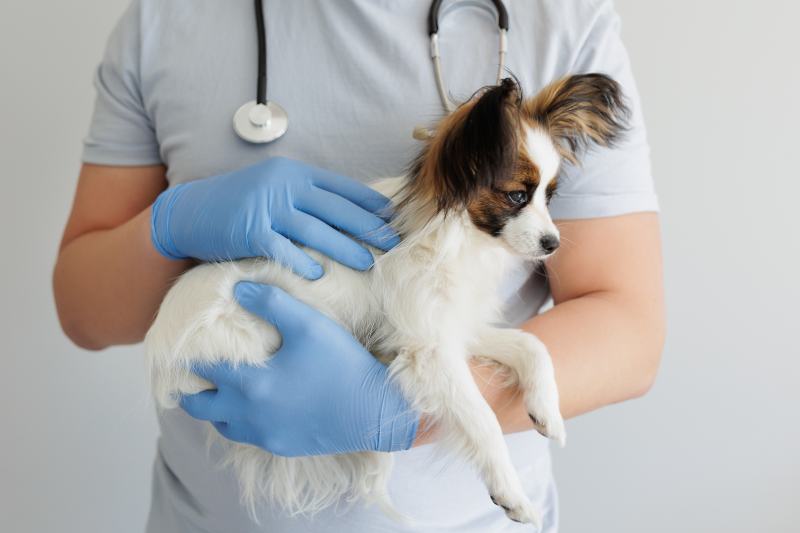
These are conditions your dog is born with and some can cause increased drooling along with other signs which will depend on the underlying issue.
Hiatal Hernia
A hiatal hernia, also called a diaphragmatic hernia is where the upper part of the stomach bulges into the chest cavity. It is usually congenital and present from birth but it can also be caused by trauma. Hiatal hernias can cause drooling, vomiting, and regurgitation.
Portosystemic Shunt
A portosystemic shunt, or a liver shunt, is when there are abnormal blood vessels which join the blood supply from the intestines to the main circulation – meaning it by passes the liver and the blood is unfiltered. The signs a dog can show with a liver shunt are often neurological but can also include poor growth and vomiting.
12. Viral or Bacterial Infections
Some infections can cause excess salivation and drooling. Two of these include rabies and tetanus. Rabies is preventable by routine vaccination.
Rabies
Rabies is a fatal condition caused by the bite of a rabid animal. It is preventable through routine vaccination. It can take several weeks for your dogs to show signs after being bitten, but one of the primary signs is excessive drooling. Others include extreme aggression, confusion, fever, and seizures.
Tetanus
Tetanus is a rare but potentially life threatening disease in dogs. It is caused by infection of a wound by the spore forming bacteria Clostridium tetani. If your dog has a skin wound, it can get into the system and cause signs like difficulty moving, breathing, and swallowing.

Treatment for Excessive Drooling
The treatment a vet will recommend for excessive drooling will depend on the underlying cause. Each of the potential explanations we listed can have specific remedies, treatments, management techniques, and medications associated with them.
Because it drastically varies, it is imperative to get your dog into the vet if the issue is sudden or if it is accompanied by other concerning or abnormal signs.
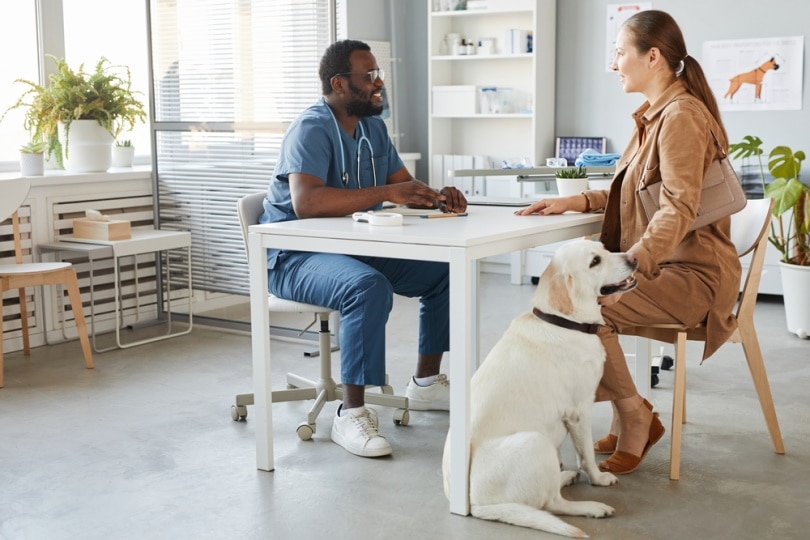

Conclusion
Drooling can signify such a broad spectrum of issues. It might also be entirely harmless and a part of your dog’s genetic makeup. You should always take note of any other potential signs of illness and report them to a vet. Giving a veterinarian valuable information can help them choose the right diagnostic tests to pinpoint the issue.
See also:
Featured Image Credit: yhelfman, Shutterstock
